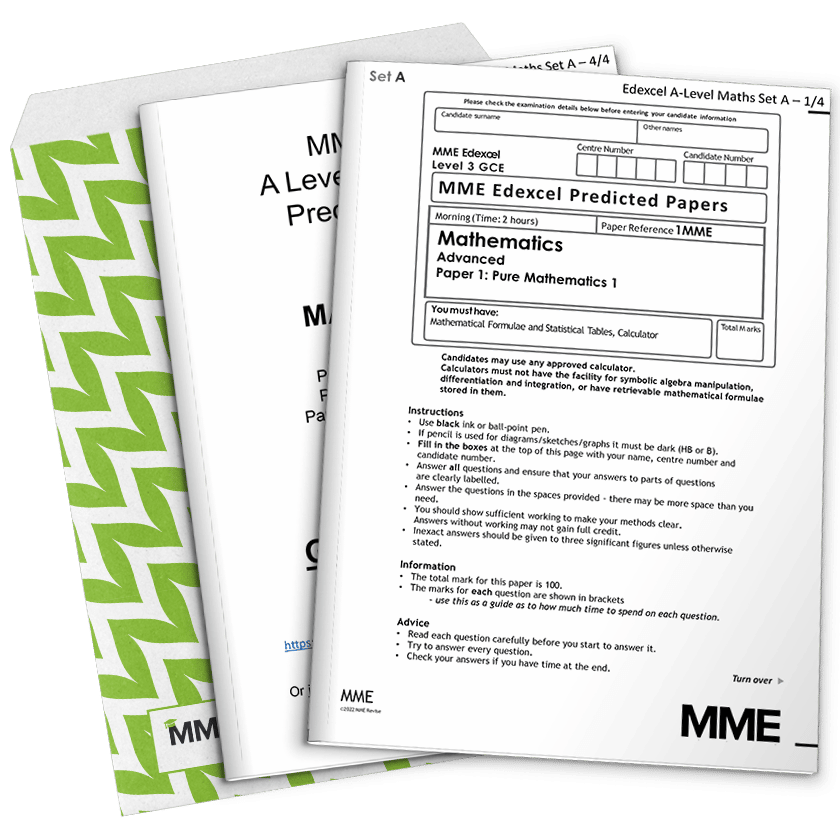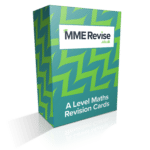Binomial Distribution Hypothesis Tests
Binomial Distribution Hypothesis Tests Revision
Binomial Distribution Hypothesis Tests
We have done a few binomial hypothesis tests on an earlier page, Hypothesis Testing, but on this page we shall dive deeper. You need to know when to do a binomial hypothesis test and also how to do a binomial hypothesis test, as well as other skills such as finding the critical region.
Make sure you are happy with the following topics before continuing.
When to do a Binomial Hypothesis Test
There are two types of hypothesis tests you need to know about: binomial distribution hypothesis tests and normal distribution hypothesis tests. In binomial hypothesis tests, you are testing the probability parameter p. In normal hypothesis tests, you are testing the mean parameter \mu. This gives us a key difference that we can use to determine what test to do and when.
Since binomial hypothesis tests test a probability parameter, words like probability, proportion and percentage are all clues that you should use a binomial hypothesis test. The situation and the context should also help – if you would model it with a binomial distribution, you want to do a binomial hypothesis test.
How to do a Binomial Hypothesis Test
- Define the parameter in the context of the question – for a binomial hypothesis test the parameter is p which is always the probability of something.
- Write down the null hypothesis and the alternate hypothesis.
- Define the test statistic X in the context of the question.
- Write down the distribution of X under the null hypothesis.
- State the significance level \alpha – even though you are likely given it in the question, not stating it risks losing a mark.
- Test for significance or find the critical region.
- Write a concluding sentence, linking the acceptance or rejection of H_{0} to the context.
Critical Region and Actual Significance Level
The critical region is the region for which you reject the null hypothesis. For a binomial distribution, this is all the numbers x such that \mathbb{P}(X\geq x) or \mathbb{P}(X\leq x) (depending on what test you are doing) is less than \alpha.
The actual significance level is the probability of landing in the critical region. It seems at first surprising that this should differ from the given significance level, and indeed for a normal distribution it does not. However, because the binomial distribution is discrete, there will not be an x value where the probability is exactly equal to the significance level, so the critical region always starts at a value that is less likely than the significance level to be obtained.
Example: Binomial Hypothesis Test
When Edith buys lunch during a work day, there is a probability of 0.6 that the shop has her favourite sandwich in stock. After only one sandwich being in stock in the last five days, she is certain the probability of sandwiches being in stock has decreased. Test, at the 5\% significance level, if Edith is correct.
[6 marks]
p is the probability of the sandwiches being in stock on a given day
H_{0}: p=0.6
H_{1}: p<0.6
Test statistic: X is the number of sandwiches in stock over five days.
Under H_{0}: X\sim B(5,0.6)
Significance level: \alpha=0.05
\mathbb{P}(X\leq 1)=0.0870>0.05Do not reject H_{0}. Insufficient evidence to suggest Edith is correct.
Binomial Distribution Hypothesis Tests Example Questions
Question 1: A disease is moving through a population. On Tuesday, it is believed that nationally around 6\% of people have the disease. In the village of Hammerton, 5 out of 200 residents have the disease. Test, at the 5\% significance level if the prevalence of the disease differs in Hammerton compared to the rest of the country.
[7 marks]
p is the probability of having the disease.
H_{0}: p=0.06
H_{1}: p\neq 0.06
Test statistic X is the number of people in Hammerton who have the disease.
Under H_{0}: X\sim B(200,0.06)
Significance level: \alpha=0.05
Two tailed test so we are looking for a probability smaller than \dfrac{0.05}{2}=0.025
\mathbb{P}(X\leq 5)=0.0177<0.025Reject H_{0}. Sufficient evidence to suggest the rate is different in Hammerton compared to the rest of the country.
Question 2:
X\sim B(10,p).
i) Find the critical region for a 5\% level one tail test on:
H_{0}: p=0.49
H_{1}: p<0.49
ii) Efan observes X=2 while Izzie observes X=1. Do they reach the same conclusion in a hypothesis test?
[6 marks]
i) \mathbb{P}(X=2)=0.0621>0.05
\mathbb{P}(X=1)=0.0126<0.05So 2 is not in the critical region while 1 is.
Hence, the critical region is X=0,1
ii) They reach different conclusions.
Efan observes a value that lies outside the critical region, so concludes that H_{0} should not be rejected.
Izzie observes a value that lies inside the critical region, so concludes that H_{0} should be rejected.
Question 3: A scientist is observing a colony of 20 bacteria. It is believed that the probability of a bacterium splitting is 0.32. If the scientist observes just 2 splitting bacteria, test at the 1\% significance level if this believed probability is too high.
[6 marks]
p is the probability of a bacterium splitting.
H_{0}: p=0.32
H_{1}: p<0.32
Test statistic X is the number of bacteria that split.
Under H_{0}: X\sim B(20,0.32)
Significance level: \alpha=0.01
\mathbb{P}(X\leq 2)=0.0235>0.01Do not reject H_{0}. Insufficient evidence to suggest the probability of splitting is too high.
You May Also Like...

MME Learning Portal
Online exams, practice questions and revision videos for every GCSE level 9-1 topic! No fees, no trial period, just totally free access to the UK’s best GCSE maths revision platform.






